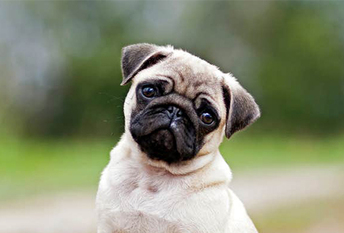Feed your Havanese a high-quality dry kibble. Instead of frequent small meals, you may choose to let your dog free feed (eat at its own convenience throughout the day).
They should be fed a high-qualitydog foodappropriate to his age (puppy, adult, or senior). Some Havanese can be prone to gettingoverweight, so watch your dog’s calorie consumption and weight level. If you choose to give yourdog treats, do so in moderation.
Treats can be an important aid in training, but giving too many can cause obesity. Give table scraps sparingly, if at all, especially avoiding cooked bones and foods with high-fat content. Learn about whichhuman foodsare safe for dogs, and which are not. Check with your vet if you have any concerns about your dog’s weight or diet.











